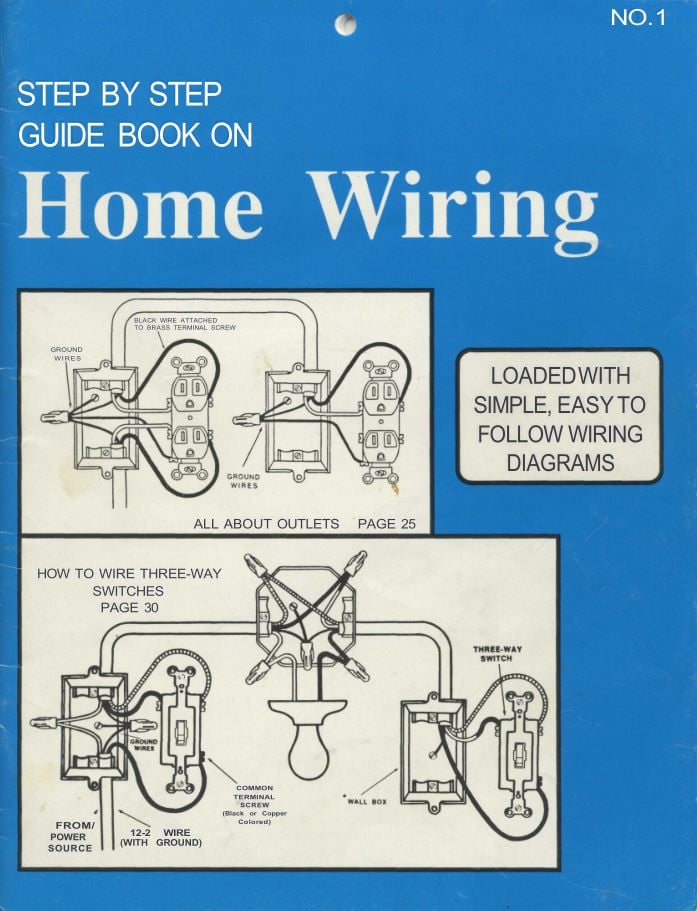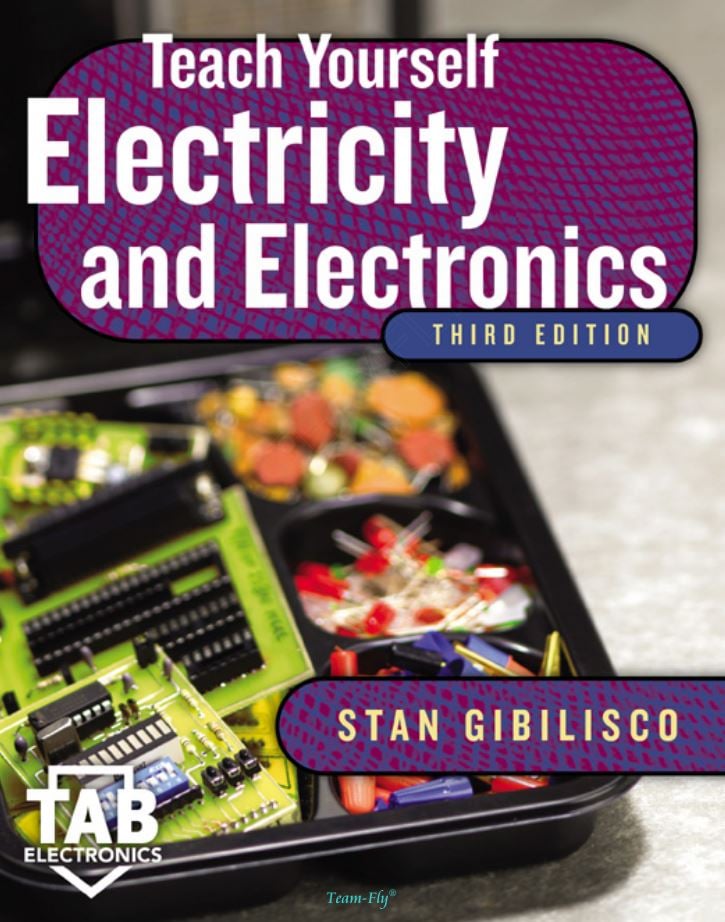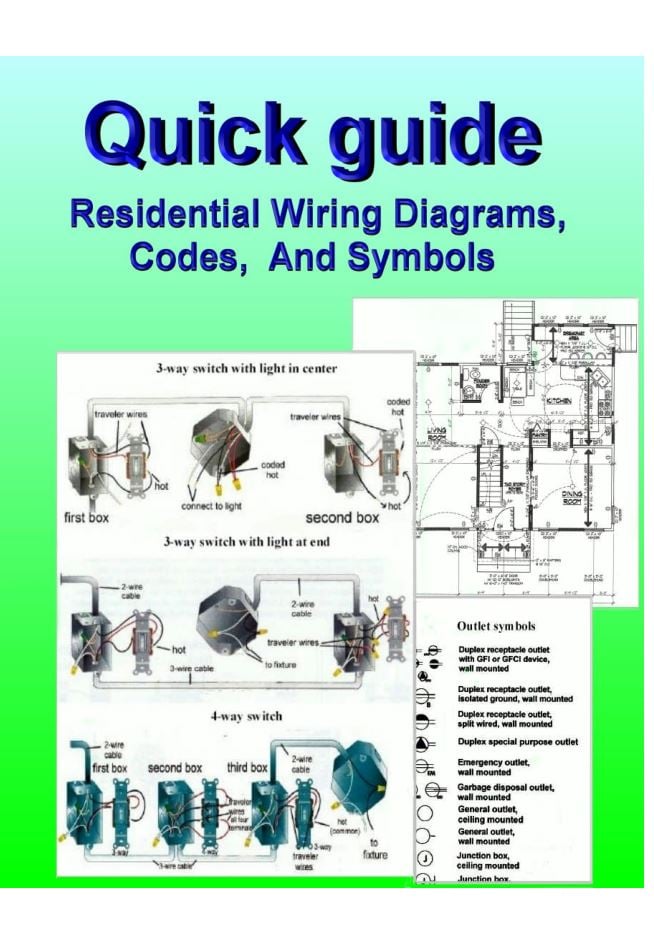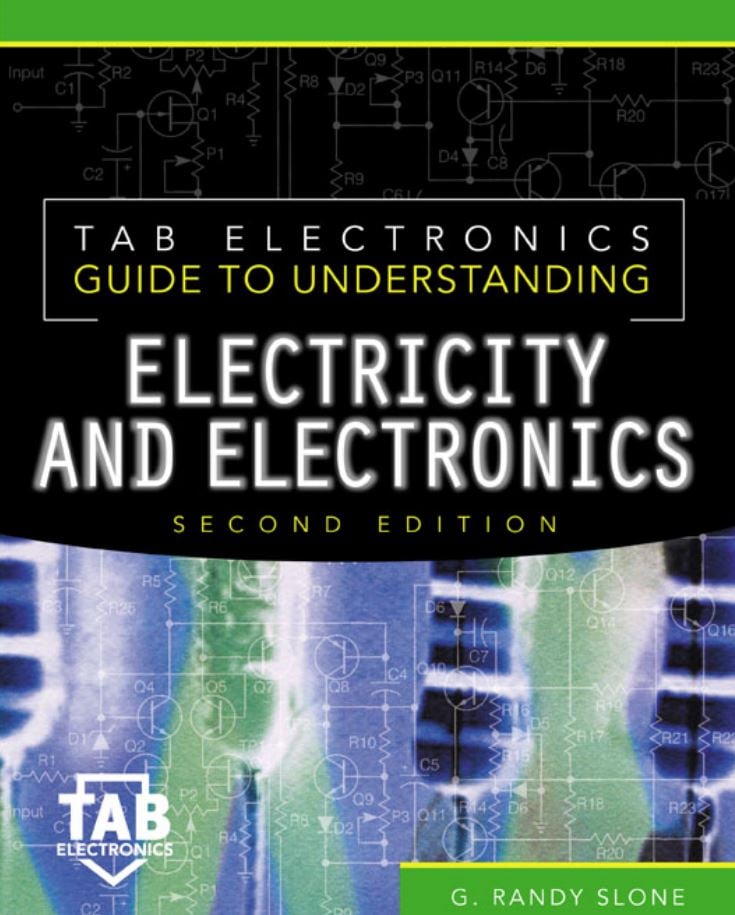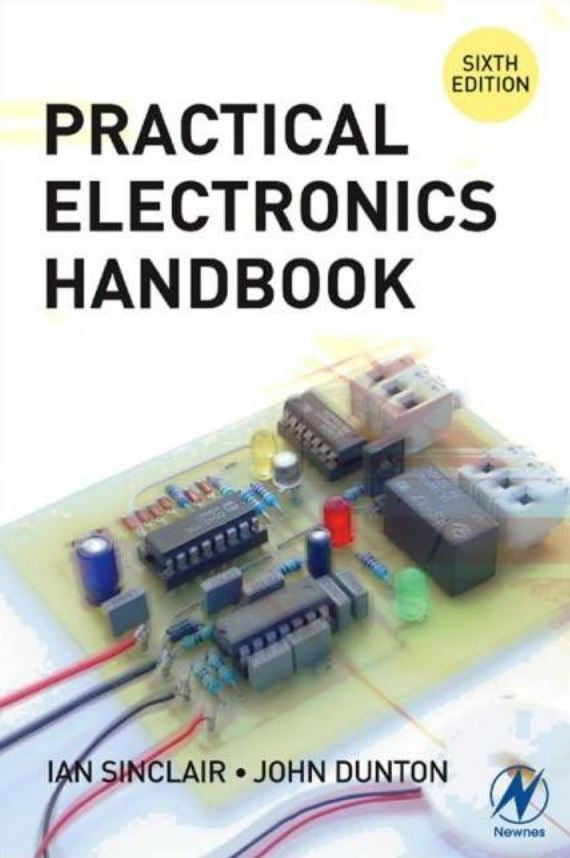
Practical Electronics Handbook
On Sale
$18.00
$18.00
Practical Electronics Handbook
INTRODUCTION :
M ATHEMATICS C ONVENTIONS
Quantities greater than 100 or less than 0.01 are usually expressed in the
standard form of A × 10 n , where A is a number, called the mantissa,
less than 10, and n is a whole number called the exponent. A positive
value of n means that the number is greater than unity, a negative value
of n means that the number is less than unity. To convert a number into
standard form, shift the decimal place until the portion on the left-hand
side of the decimal point is between 1 and 10, and count the number of
places that the point has been moved. This is the value of n. If the decimal
point has had to be shifted to the left the sign of n is positive; if the decimal
point had to be shifted to the right the sign of n is negative.
Example: 1200 is 1.2 × 10 3 and 0.0012 is 1.2 × 10 −3
To convert numbers back from standard form, shift the decimal point
n figures to the right if n is positive or to the left if n is negative.
Example: 5.6 × 10 −4 = 0.00056 and 6.8 × 10 5 = 680000
Note in these examples that a space has been used instead of the more
familiar comma for separating groups of three digits (thousands and thou-
sandths). This is recommended engineering practice and avoids confusion
caused by the use, in other languages, of a comma as a decimal point.
Numbers in standard form can be entered into a calculator by using the
key marked Exp or EE – for details see the manufacturer’s instructions.
Where formulae are to be worked out, numbers in standard form can
be used, but for writing component values it is more convenient to use
the prefixes shown in the table below. The prefixes have been chosen so
that values can be written without using small fractions or large numbers.
INTRODUCTION :
M ATHEMATICS C ONVENTIONS
Quantities greater than 100 or less than 0.01 are usually expressed in the
standard form of A × 10 n , where A is a number, called the mantissa,
less than 10, and n is a whole number called the exponent. A positive
value of n means that the number is greater than unity, a negative value
of n means that the number is less than unity. To convert a number into
standard form, shift the decimal place until the portion on the left-hand
side of the decimal point is between 1 and 10, and count the number of
places that the point has been moved. This is the value of n. If the decimal
point has had to be shifted to the left the sign of n is positive; if the decimal
point had to be shifted to the right the sign of n is negative.
Example: 1200 is 1.2 × 10 3 and 0.0012 is 1.2 × 10 −3
To convert numbers back from standard form, shift the decimal point
n figures to the right if n is positive or to the left if n is negative.
Example: 5.6 × 10 −4 = 0.00056 and 6.8 × 10 5 = 680000
Note in these examples that a space has been used instead of the more
familiar comma for separating groups of three digits (thousands and thou-
sandths). This is recommended engineering practice and avoids confusion
caused by the use, in other languages, of a comma as a decimal point.
Numbers in standard form can be entered into a calculator by using the
key marked Exp or EE – for details see the manufacturer’s instructions.
Where formulae are to be worked out, numbers in standard form can
be used, but for writing component values it is more convenient to use
the prefixes shown in the table below. The prefixes have been chosen so
that values can be written without using small fractions or large numbers.


